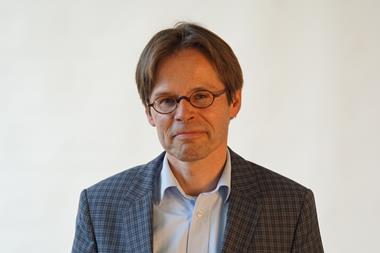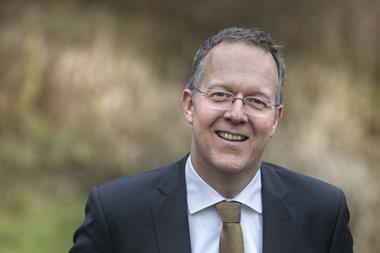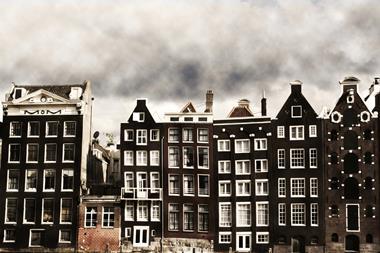Ruud Hagendijk is to step down from MN after 10 years as chief executive and 18 years at the company.
Hagendijk broke the news himself last week at a Christmas gathering at the MN offices in The Hague.
“After 10 years, it is time to hand the baton over to someone else,” Hagendijk said.
“We have developed a vision for the role of MN. It will be good for someone other than me to get started.”
The chief executive will remain in his position until a successor is found.
Since Hagendijk became chief executive in 2005, MN has grown to become the third-largest pension provider in the Netherlands, with €110bn in assets.
It manages the PME and PMT metal schemes and that of the Koopvaardij, or merchant navy.
The organisation now plans to shed 220 jobs as part of its ‘MN 3.0’ plans.
“In recent years, we in the pension sector have constantly been behind the curve in terms of the changing regulations from The Hague and Brussels,” Hagendijk said.
“Last year, we looked at how we could regain control. This is where the need for ‘MN 3.0’ arises.”
Hagendijk was relatively cautious about the firm’s UK business, which started in 2008.
“We had a different strategy at that time, and expectations for a European pension market,” he said, adding that Dutch clients since the financial crisis had required greater attention from their provider.
“The change in strategy does not mean we will leave England,” he said.
“We have €6bn under management, and we are not going to let it fall out of our hands. We see there is still considerable need for Dutch pension solutions in the UK.”
MN has grown considerably in recent years, largely through the growth of its shareholder and client PME, which has consolidated the pension assets of a number of industrial companies that previously ran their own pension funds.
MN is not currently seeking new funds, other than through existing clients.
Hagendijk, who was MN’s director of operations prior to 2005, added: “‘MN 3.0’ is a programme for change that encompasses personnel, processes, leadership and the shape of the organisation.
“We can automate more processes … IT is important, but the people who work here make the difference.”
The out-going chief executive does not expect the streamlining of the organisation will lead to many compulsory redundancies.












No comments yet